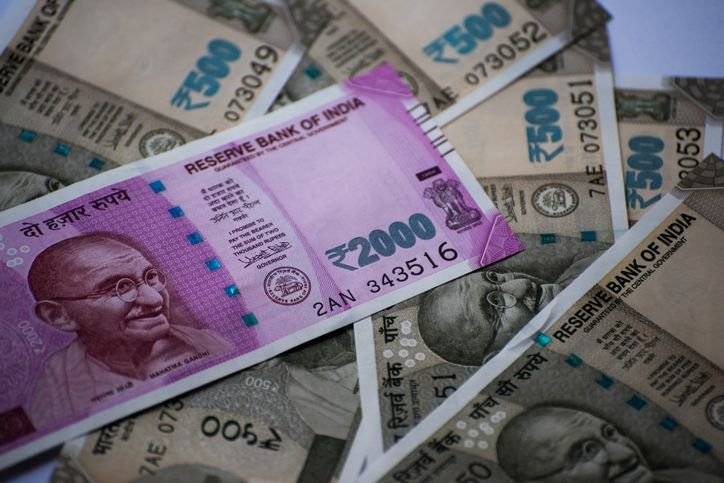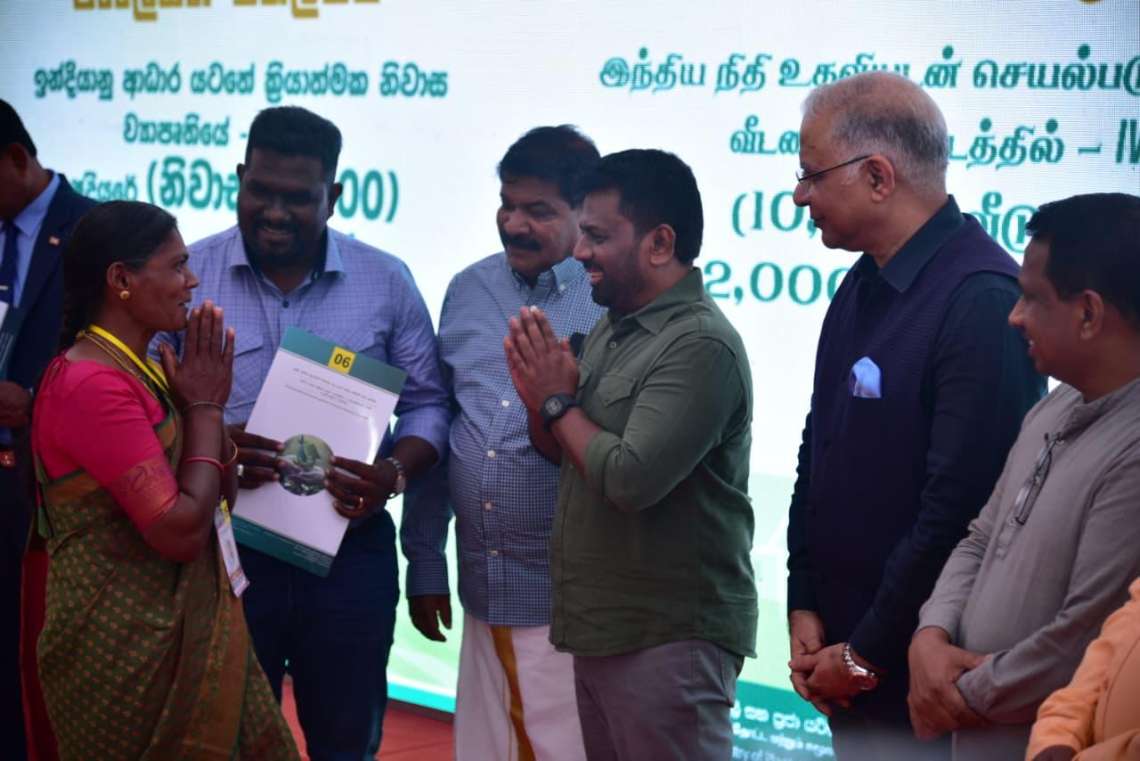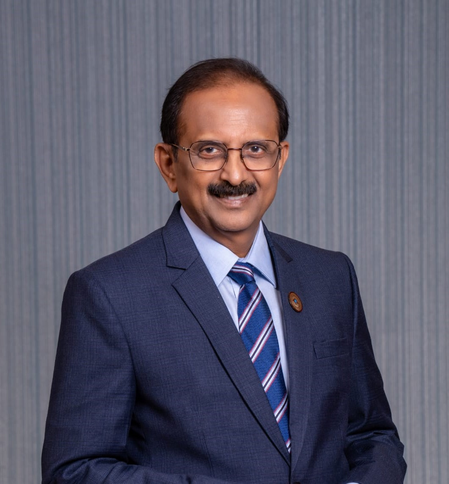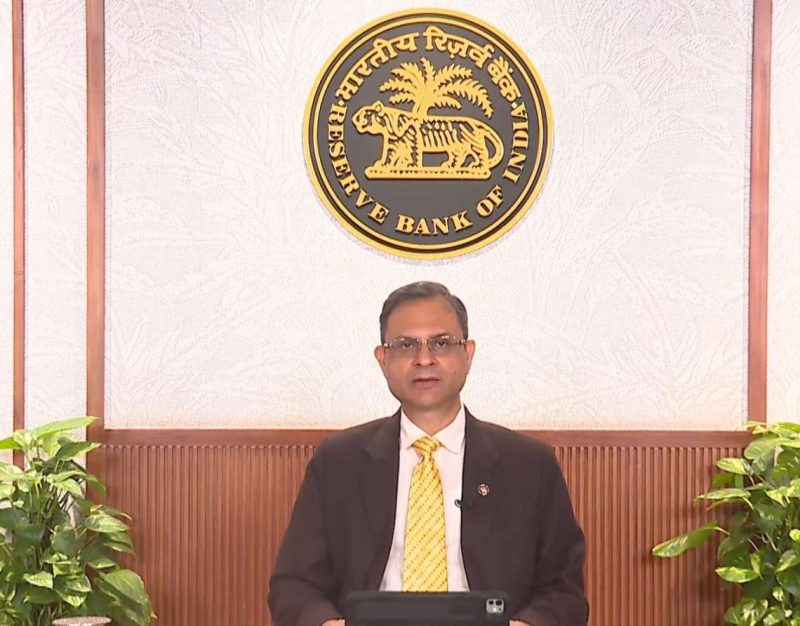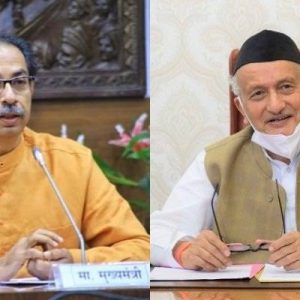The document emphasises the pressing need to address the disparity between the aspirations of women and youth and the job market in Sikkim….reports Asian Lite News
In a move to financially aid the Government of India’s development initiatives in the northeast region, the World Bank has announced its support for Sikkim.
The World Bank’s upcoming project, the Integrated Service Provision and Innovation for Rural Economies Program, is set to receive financing next year.
The project aims to promote economic inclusion opportunities for women and youth in the non-farm sector. With a total cost of $269.74 million, the World Bank will lend $100 million towards this endeavour.
During a recent meeting organised by the state government, Rohini Pradhan from the Planning and Development Department highlighted the project’s significance in transforming the socio-economic status of women and youth in rural areas, particularly those outside the agricultural sector.
According to World Bank’s project information document, Sikkim has achieved remarkable economic growth while prioritising sustainable development outcomes. Spanning an area of 7,096 square kilometres, the Himalayan state of Sikkim holds strategic importance within the Government of India’s Act East Policy and stands as one of the fastest-growing states economically.
The document further stated that Sikkim has experienced double-digit per capita GDP growth since FY04/05, outpacing other comparably sized northeastern states that barely registered any growth. Notably, Sikkim reduced its poverty rate from 30.9 percent (170,000 people) in FY04/05 to 8.2 percent (51,000 people) in FY11/12. The state ranks third-lowest in terms of Multidimensional Poverty Index (MPI) value with a decline of 0.157 between 2005-06 and 2015-16, reaching an MPI value of 0.019.
The document also highlighted a discrepancy between Sikkim’s changing economic structure and the lag in employment transformation. While sectors like manufacturing, services (particularly tourism, pharmaceuticals, and hydropower), have witnessed impressive growth rates and are crucial to the state’s economic progress, the corresponding shift in employment has lagged behind.
For instance, Sikkim observed a 1.5-fold increase in tourist arrivals between 2011 and 2017 with domestic tourism growing at an annual average rate of 10-25 percent and foreign tourist visits growing by 8 percent. The pharmaceutical sector has also attracted over forty companies with a cumulative investment of approximately US$415 million as of 2014-15.
“Each of these sectors also offers considerable potential for non-farm wage employment and entrepreneurship opportunities. Yet over 70 percent of the state’s workforce is employed in agriculture. There are significant gaps between output transformation and employment transformation, particularly for women and youth, which is likely to impede sustainable growth for the state,” the document stated.
Sikkim faces specific challenges regarding ‘female labour force participation’ (FLFP), with a high FLFP rate of 58 percent, although almost half of the women in the 15-59 age group were employed in agriculture and related occupations as compared to 20 percent of men. Urban FLFP for women stands at 34 percent, considerably lower than the rural FLFP rate of 64 percent.
While Sikkim boasts a lower unemployment rate for its youth population compared to the national average, approximately 41 percent of Sikkim’s youth are still employed in agriculture, lacking viable opportunities to transition into non-farm sectors. The youth workforce composition reveals that 28 percent of women and 13 percent of men are engaged in agricultural activities.
The document emphasises the pressing need to address the disparity between the aspirations of women and youth and the job market in Sikkim.
“The inadequacy of opportunities for skilled jobs within the state forces skilled young people to migrate in search of jobs (the out-migration rate of Sikkim is 0.020 which is the highest among all the NER states),” the document stated.
The World Bank also stated in its document that despite being a relatively small market with limited connectivity and economies of scale, Sikkim has effectively capitalised on its biodiversity, fostering income-generating activities such as community-based tourism and green jobs.
Meanwhile, the Sikkim government reportedly plans to promote economic inclusion for women and youth in emerging sectors by integrating supply- and demand-side interventions, partnering with the private sector for catalytic investments, and coordinating across government agencies.
The World Bank’s announcement to support Sikkim’s development makes Arunachal Pradesh the only state in the northeast region in not receiving support from World Bank or Asian Development Bank.
ALSO READ-Sikkim to host C20 Summit on April 29-30 in Gangtok


